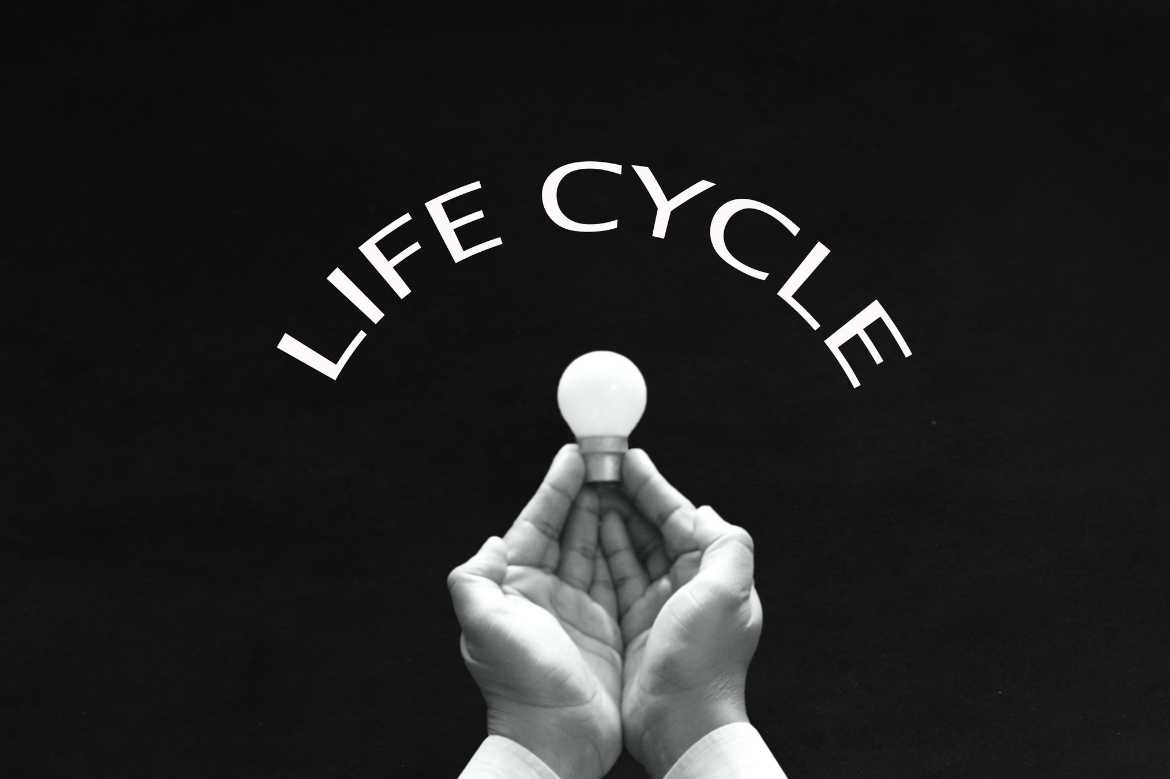At work, as in many other facets of life, people go through different stages, and each one with its particularities. In this article we tell you what the life cycle of a working person is and what its phases are. Continue reading!
Table of Contents
Life Cycle Of A Working Person: What Is It?
The life cycle of a working person refers to the different stages that an individual goes through in relation to the company in which they carry out their professional work . This ranges from the moment of talent detection to the moment in which he leaves the organization.
Knowing the phases a worker goes through is beneficial both for the Human Resources department, since improvements can be detected, internal processes optimized and talent management perfected, and for the members of the workforce, since they will see their needs attended to at all times and will reach a higher level of satisfaction.
Next, we tell you the 6 states that workers go through during their relationship with the company.
The 6 Stages Of The Life Cycle Of A Working Person
1. Attraction
To have a workforce made up of highly talented individuals, you need to find a way to attract them . For this, it is essential that the image of the company as an employer brand is attractive and that the job offers encourage the person to apply for the position. This is a candidate’s first contact with the organization, and if not used well, it is likely that many talented people will never show interest in the company. In this sense, having a strong employer branding is of great help.
2. Recruitment
This stage corresponds to the process in which a potential worker is interested in a vacancy and, if the human resources department considers it appropriate, conducts one or more interviews. At this point, it is essential that communication by the company is clear, direct and fluid, and that the steps to follow are well structured. It is necessary to make clear what is being sought, but also to actively listen to the potential candidate.
3. Onboarding
This phase refers to the entry of a worker in a company : it is the welcome process that takes place from the moment the individual is informed that they are going to be hired until several months after their incorporation.
During this process there are key moments such as, for example, the first day of work, where the worker will form a first impression of the company, and the first week, during which they will explain both the operation of the different processes of the company as the functions of your position. As we explained in this other article, carrying out a clear and structured onboarding process is necessary for the person to fully integrate into the organization.
4. Talent Development
This stage begins when the worker has already adapted to his job . In it, it is important to continue stimulating her, presenting her with training opportunities, challenges and ambitious but realistic goals that allow her to grow as a hard-working person. It is also advisable to design career paths according to the preferences of the person and that are in tune with the needs and opportunities of the company.
5. Talent Retention
This period refers to the company’s ability to make talented individuals feel comfortable in the organization . In order to have working people who are satisfied in their jobs, it is necessary to develop issues such as the feeling of belonging, the recognition of merits and achievements, and active communication, among others.
6. Offboarding
The offboarding stage refers to the process by which the worker leaves the company, that is, when he stops working for it . At this time, the relationship between the worker and the company is terminated. The reasons for this may be multiple, but, in any case, it is advisable to facilitate the transition both for the person who is leaving and for the rest of the members of the work team who remain and may feel disconcerted or discouraged.




